KOL content collaborations can bring awareness to your brand in China, help connect with new audiences, and even bring in a few sales. Yet a common worry from marketers comes when they tally up the total costs, but this is because they often forget the value of content and how to re-purpose KOL content in China.
But before a brand baulks, it’s worth breaking down the cost of the creative. Aside from the researching, writing, producing, and modelling the KOL does themselves, photographers typically charge 500 RMB to 2,000 RMB for just one picture. One Beijing-based photographer tells PARKLU that commercial work for an agency can cost as much as 10,000 to 20,000 RMB for one photo, or up to 60,000 RMB per day or more depending on the brand, the industry, and the talent.
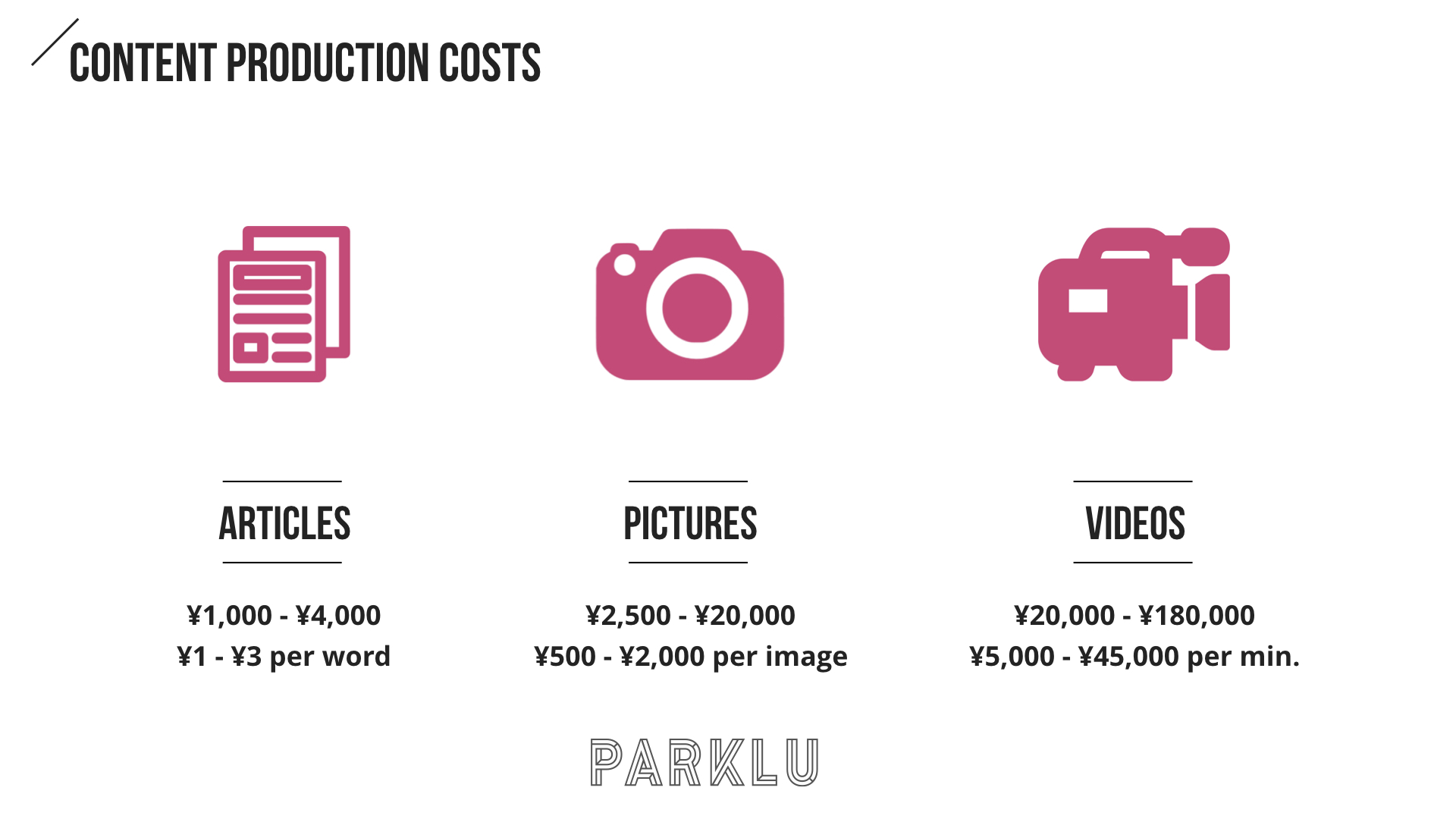
“It’s quite hard work—we have to carry all the gear, set up all the lights, do communication, and sometimes produce,” she says. “Sometimes I’ll have to hire assistants. Sometimes the company that wants to hire us has a production team, so I don’t need to take care of anything, but in other instances, they ask me to help rent a studio or bring makeup artists, which can bring extra costs.”
Despite these costs, it’s also important to note that a KOL reach can be exponentially influential compared to simply turning to a creative agency. Many top talents from these agencies or editorial teams have shifted careers to become KOLs or mini influencer marketing agencies themselves because of the clout they can achieve simply by knowing how to communicate to a mobile-first generation on social media. Agencies alone don’t have the massive social media following necessary to match the scope of influence of a popular KOL.
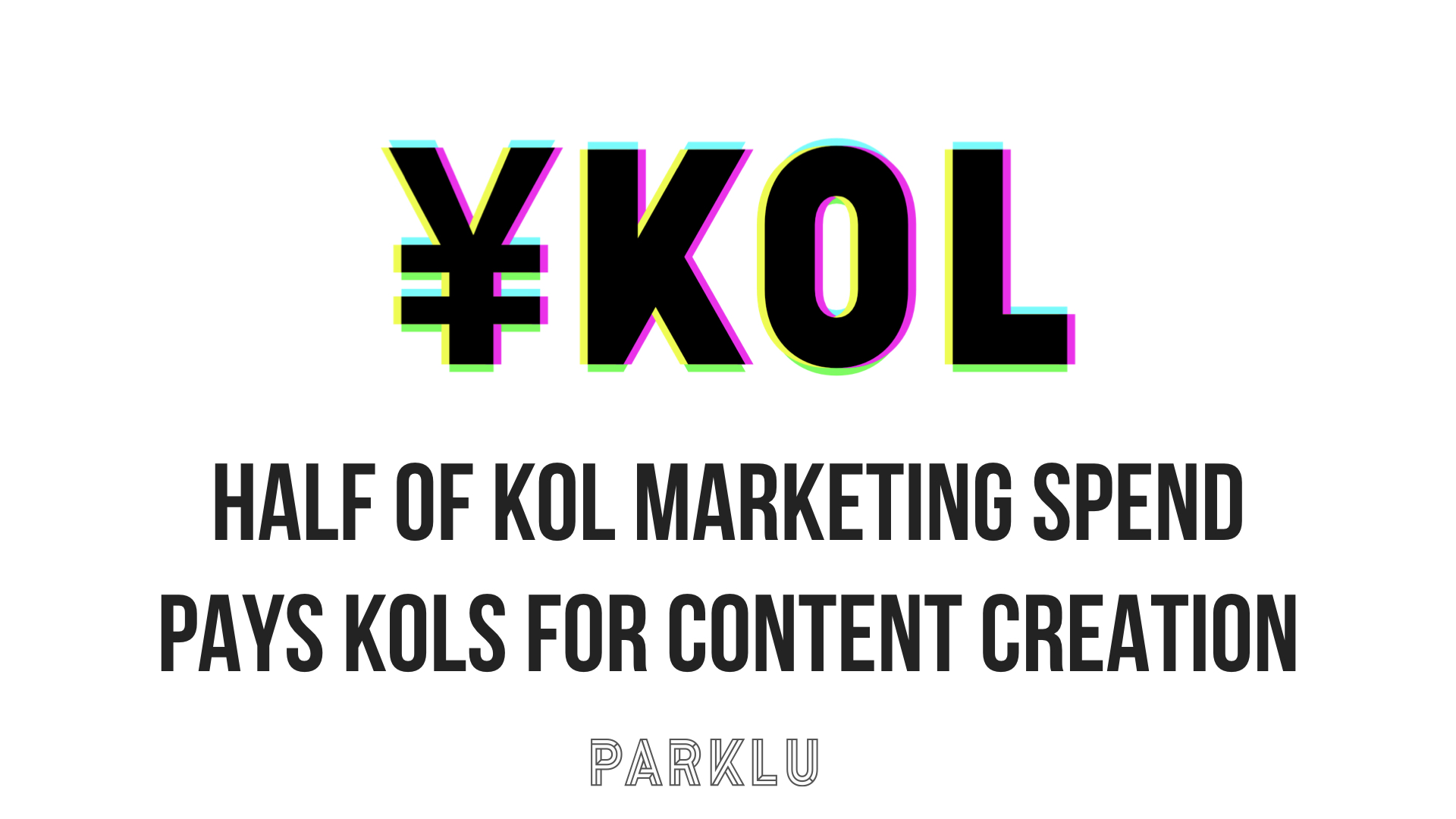
But most importantly, brands should remember that built into the cost of a creative campaign is its potential to re-purpose KOL content. One post on Weibo, for example, can be re-purposed on multiple social media platforms managed by the brand, its e-commerce pages, and even offline in ways that both continue to engage consumers, drive traffic, and draw on the influencer’s credibility and expertise. A brand would be wasting valuable resources by creating new content when a KOL’s work has already been tested on the desired demographics and the effect could be multiplied with new audiences.
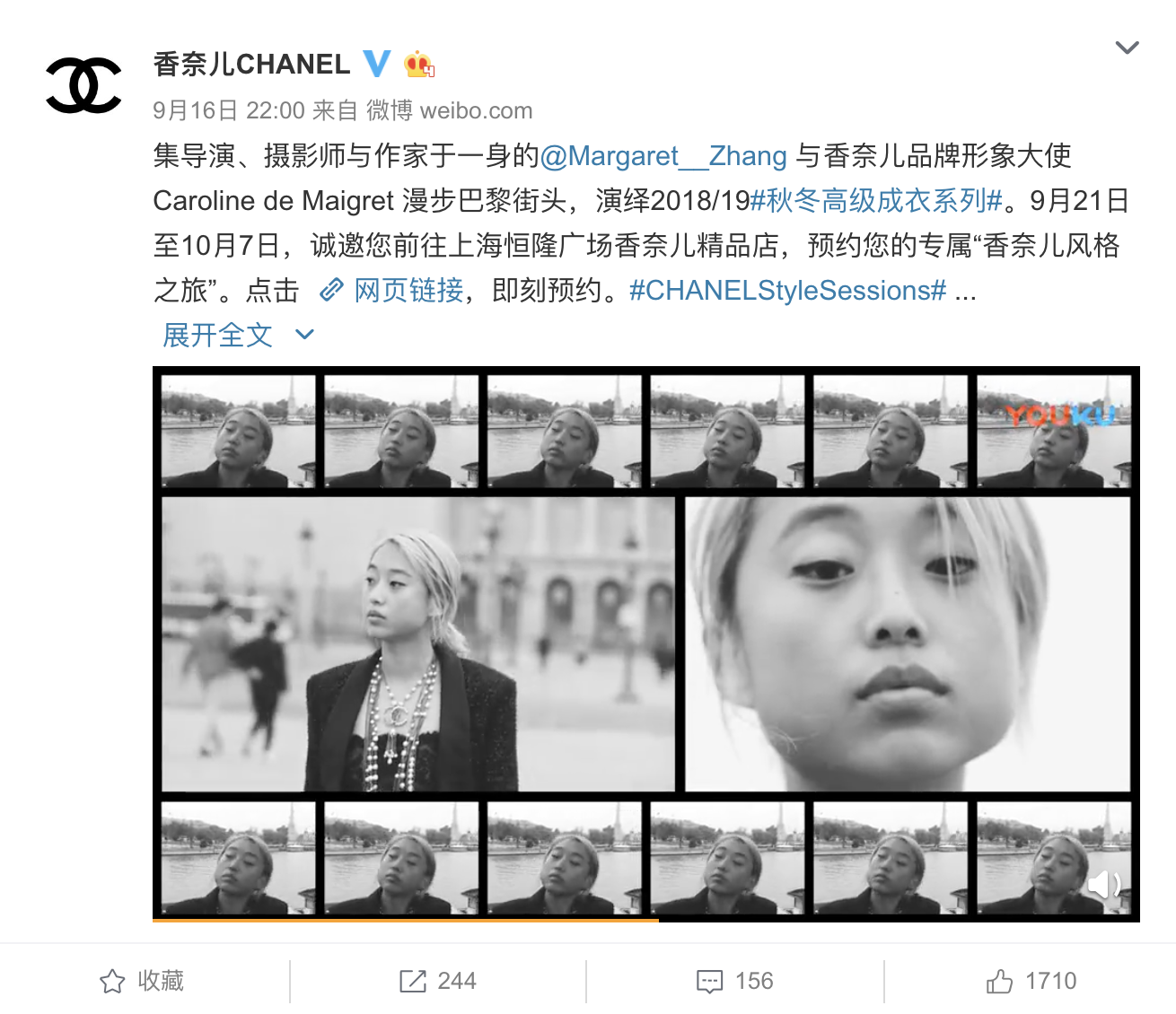
To re-purpose KOL content in China, Chanel reposts video content on Youku and on its Weibo page. This campaign featuring Australian photographer and influencer Margaret Zhang promoted its Chanel Style Tour in Shanghai.
Brands need to remember that there’s more than one way to re-purpose KOL content in China to maximise its value, so it’s imperative that they negotiate the rights to reuse and re-purpose KOL content, whether it’s a blog post, photos, or video, before signing off on a deal. The size of the KOL will affect the negotiation process—more on that here.
Re-purpose KOL content in China to make sure fans can find it
A social media collaboration with a KOL that boasts hundreds of thousands of followers could bring ample opportunity for a brand to send a powerful—perhaps even viral—message to their target consumers, but it’s important for companies to consider what happens after their initial effort. To really get the most out of a social media campaign, a brand should ensure their fans and potential customers can find a blog post or video long after the publishing date.
Ideally, consumers should be able to easily locate content from their trusted KOL whenever they search for the brand or keywords associated with the desired product on the web or on social media. Remember—KOLs help establish authority when a consumer does their research, so it helps boost consumer confidence if they find out through online browsing that a KOL is repping a brand or product.
To ensure this happens, it’s important for brands to remember there are multiple kinds of search optimisation, including search engine optimisation (SEO), social search optimisation (SSO) and e-commerce search optimisation (ESO). SEO means that content is indexed by web search engines, namely Baidu, while SSO refers to posts that are indexed by social search engines, such as WeChat’s Sogou. E-commerce platforms also have their own independent search ecosystems. A good tactic is to optimise content across all platforms. Given that millions of consumers use the internet on their mobile devices and increasingly use social media as a portal to internet content, SSO is especially crucial (more info on social search below).
Even if a post goes viral, truly maximising its reach and making sure the content reaches the consumer’s eyes during critical points of their shopping journey means making sure it appears in an online search. Brands should consider “content seeding”, or re-purposing KOL content in a more indexable form on other blogs or forums, including Weibo, Xiaohongshu, Meipai, Baidu’s social network Baidu Tieba, as well as the Quora-like Zhihu and events platform Douban. Making it indexable means coming up with a target set of keywords and using these throughout the post and in the title, writing posts that are at least 500 words, and ensuring that embedded links take readers back to the post’s original URL.
Social search optimisation is the new SEO
WeChat is sometimes equated with the entire internet for having an extensive amount of capabilities within just one app, and Tencent cemented this idea when it introduced WeChat’s search feature, providing its 1 billion mobile users a native way to find information without ever leaving the app. With WeChat search, shoppers can find products directly on JD.com, bring up blog post posts and online pages, explore information on Wikipedia-like Sogou, and locate their favorite brands’ official accounts through a designated “brand zone” section at the top of the search feature.

This is why it’s important for brands to not only have a presence on WeChat through association with a KOL but find multiple ways to use similar content on different WeChat accounts and mobile content categories. The rules of SEO are similar to social search.
Don’t underestimate the power of e-commerce product pages
Not only can a brand re-purpose photos distributed on a KOL’s social media accounts on its own Weibo and WeChat pages, but it can use them on its e-commerce product detail pages, giving shoppers a trusted resource for seeing the product in action. It also lends the brand authority, as in the case of Chinese cosmetics brand Susisu when it worked with makeup artist and top ranking Weibo beauty KOL Melilim (Maggie) Fu.
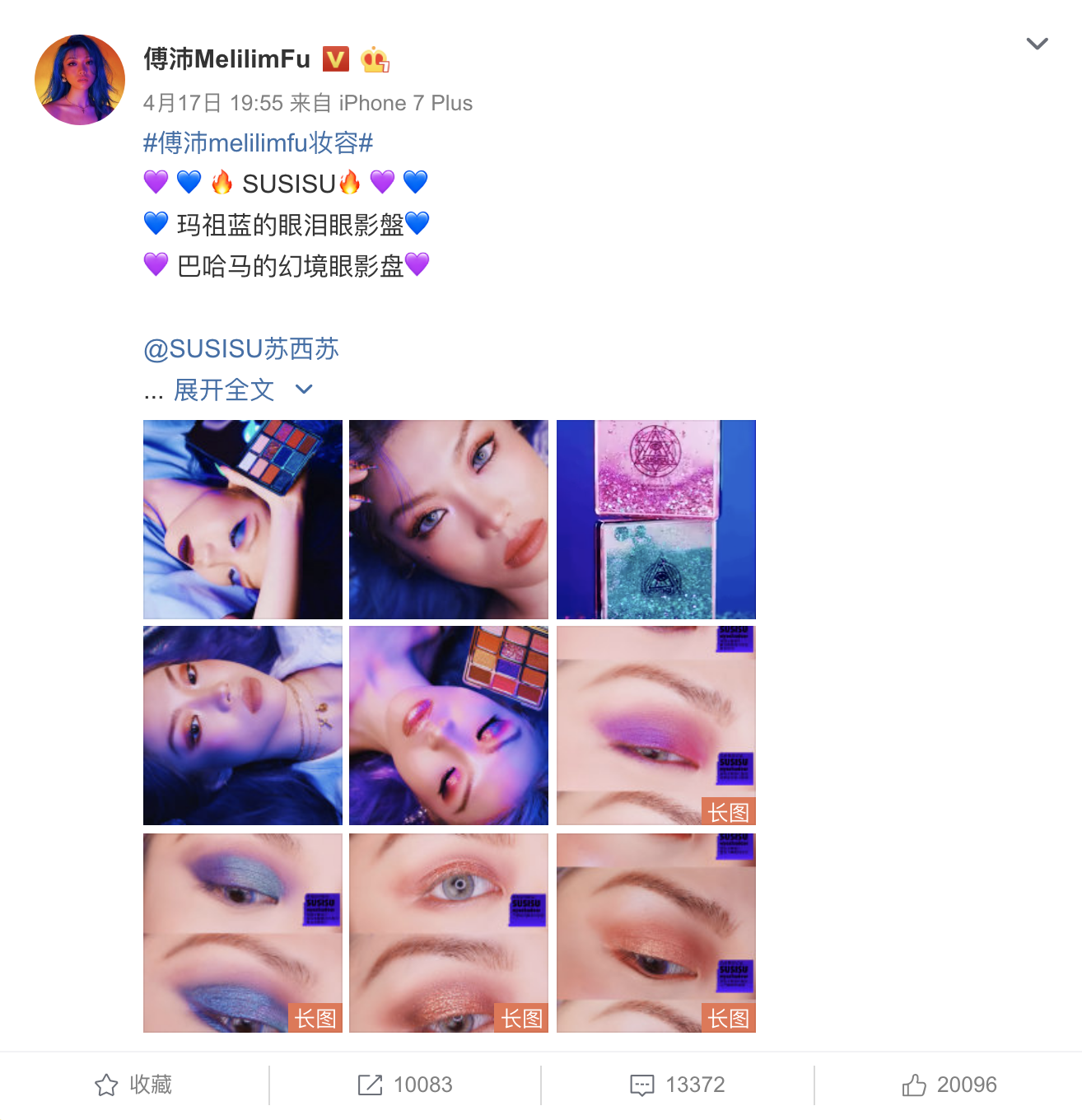
Here’s how it worked: Fu, who has partnered with international brands like YSL Beauty, Dior, and NARS, posted artistic photos on her Weibo page showing her followers how Susisu’s shimmery eyeshadow palette looked in action. In turn, Susisu used these photos on its official Taobao product page, along with those of other makeup bloggers, thereby reinforcing the lesser-known domestic makeup brand’s credibility by association.
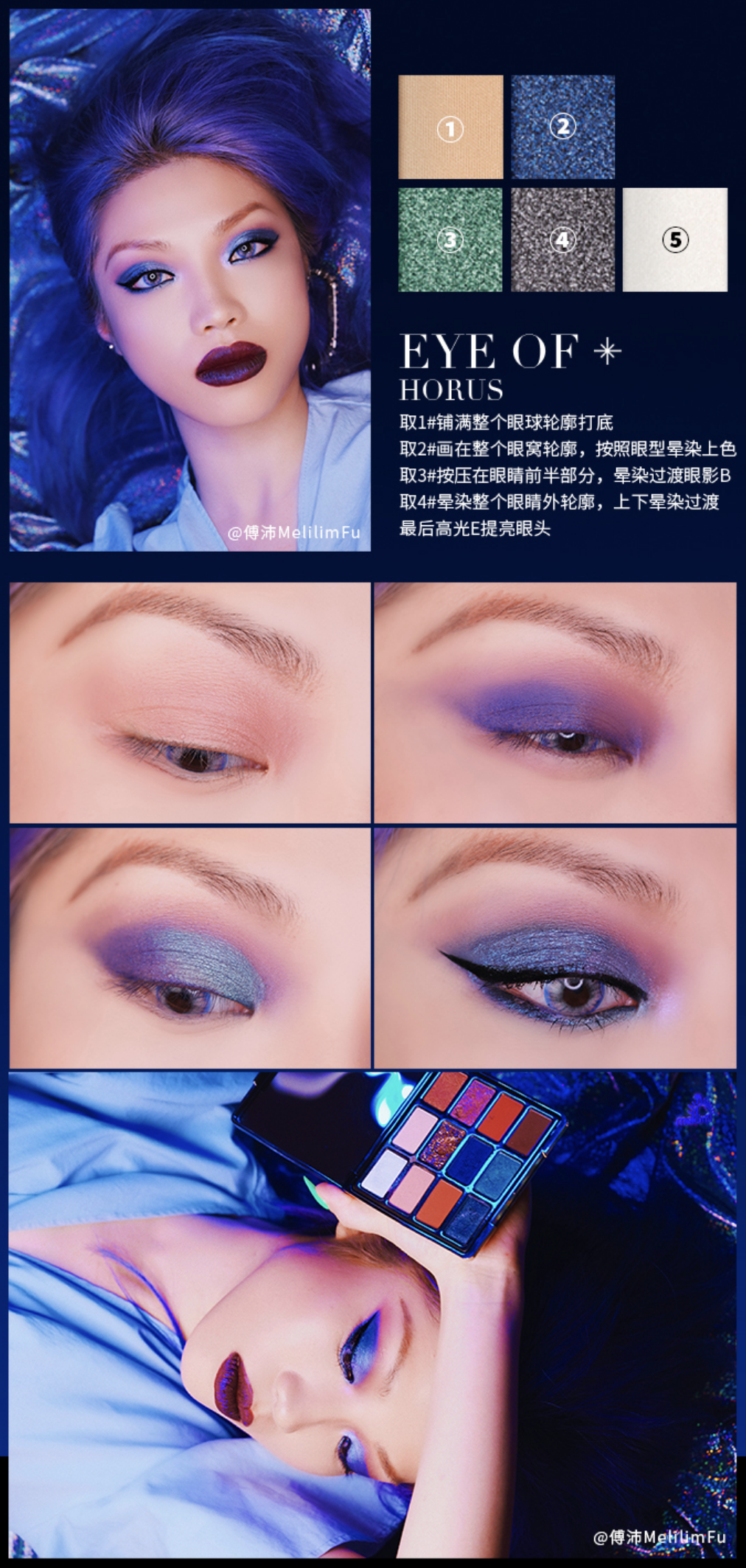
But it’s not just e-commerce product pages that can lend a brand authority. Chinese consumers are looking to e-commerce sites for content—more so than for Western shoppers, e-commerce platforms for Chinese consumers are a place for socializing, experience, and discovery, according to a 2017 report by Boston Consulting Group—making it imperative that a brand get the most of their KOL content by optimizing it for e-commerce search pages.
Content is everything
With all the above in mind, if a brand still doesn’t think its KOL marketing budget will cut it, consider this: it can be cheaper for the brand to simply ask the KOL to produce content without actually distributing it. Sure, access to a KOL’s fan base may seem like an advantage not to be missed, but a KOL’s authority, expertise, and familiarity with the demands of a brand’s target market can be just as valuable—especially if a brand takes re-purposing into consideration in its content sharing strategy. After all, the life of a brand’s collaboration with a KOL ultimately comes down to the content itself and whether it either offers evergreen value or its versatile to use across platforms.
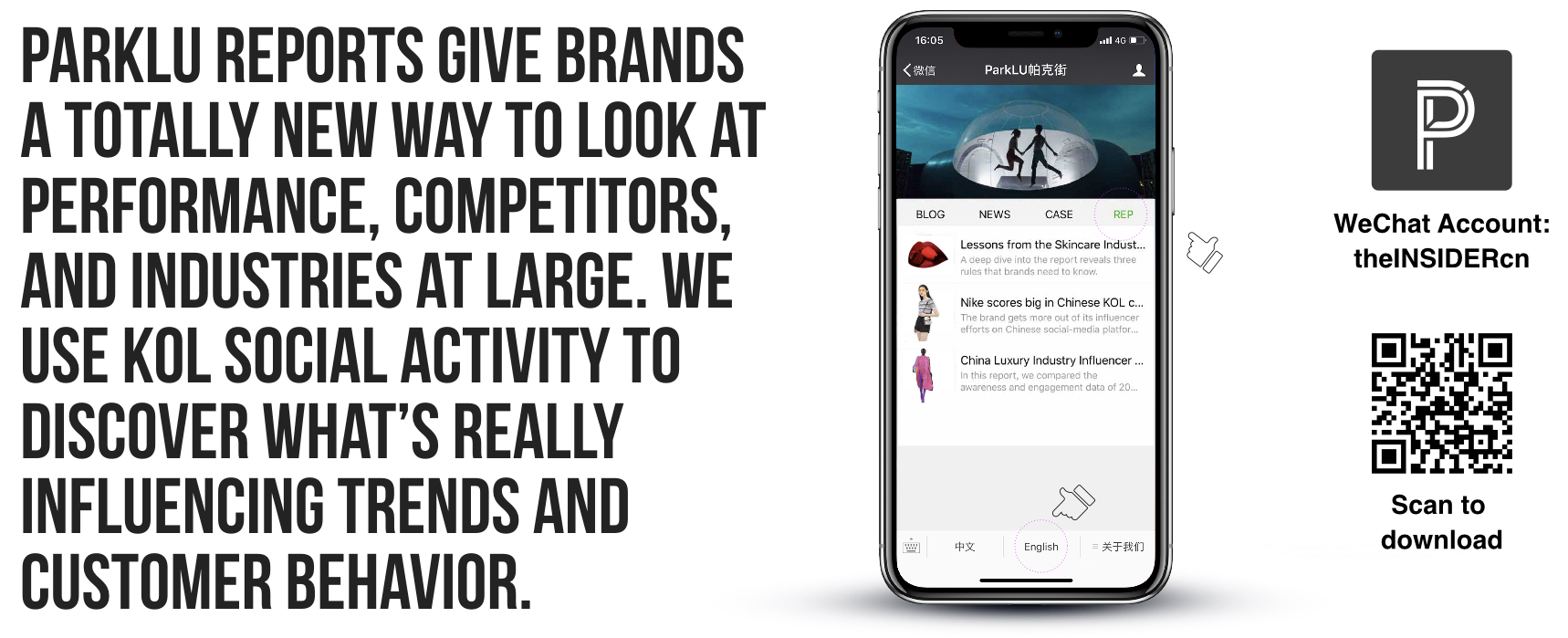
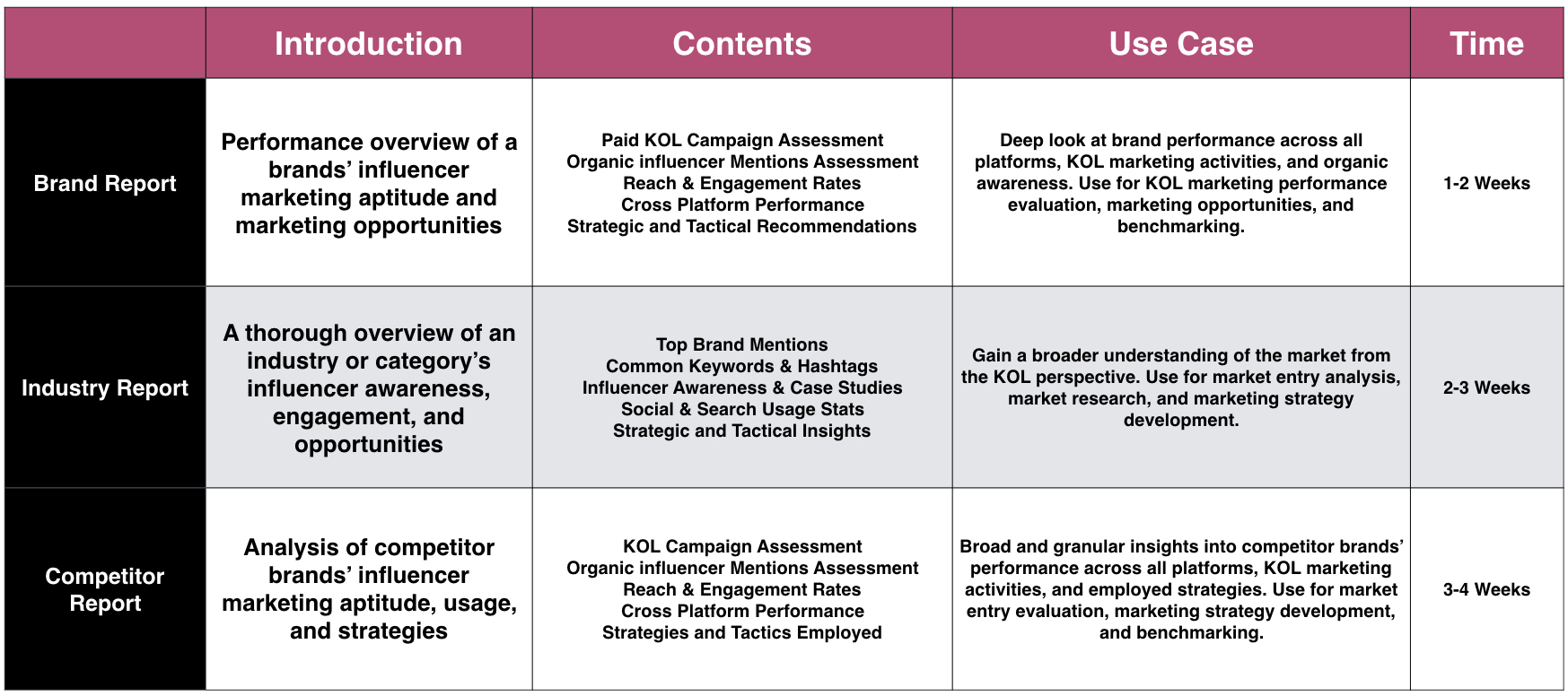


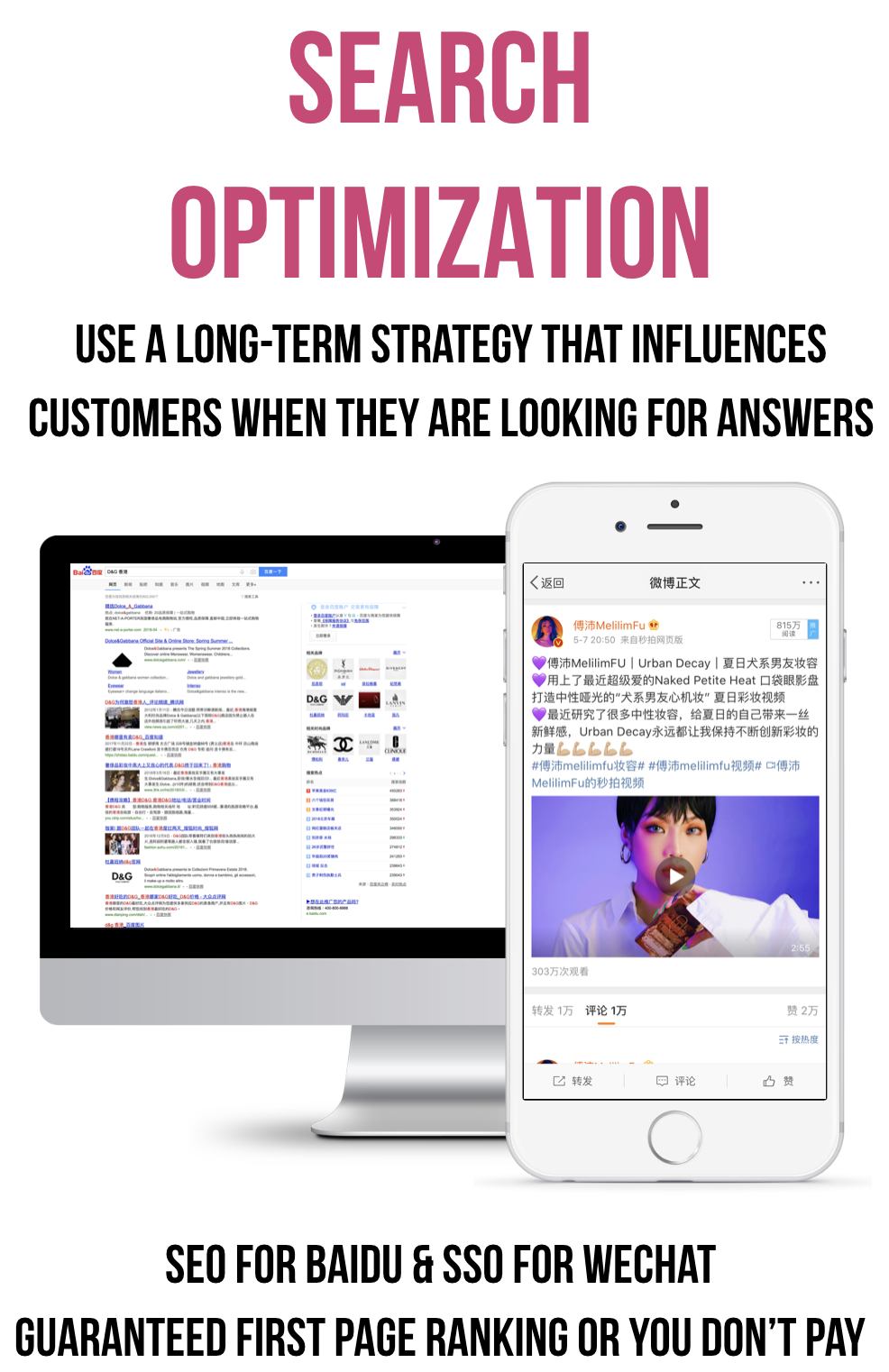



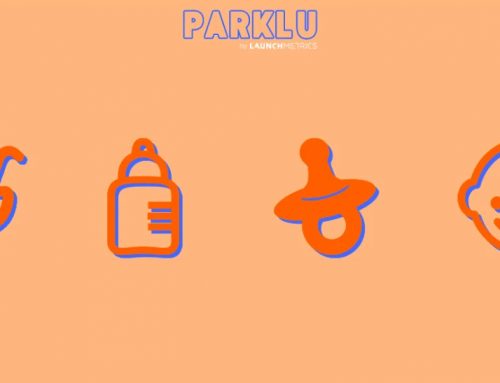
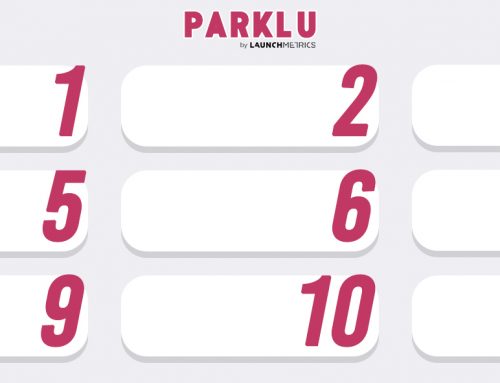


Leave A Comment